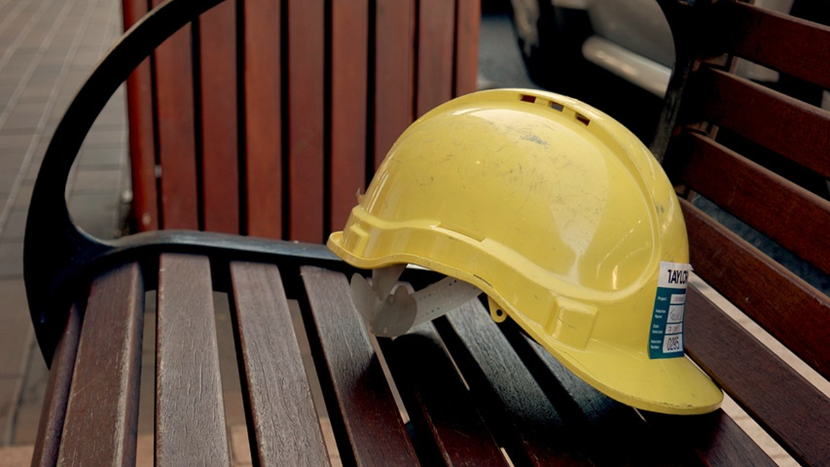“The reason I talk to myself is because I’m the only one whose answers I accept.” — George Carlin
I was recently astonished to hear someone talking about OSHA-required hard hat color codes. “Yeah, and green is for any who works in forestry,” they said. I wanted to contradict them on the spot but stopped. Maybe they knew something I didn’t. On the other hand, I hear lots of people say, “Well OSHA requires…” when I am confident that OSHA requires no such thing.
Still. Why pick a fight that doesn’t need fighting? Instead, I checked the regulations.
Is There a Hard Hat Color Code?
The easiest thing to do first was to Google “Hard Hat Color Codes.” Google came back and told me that there were 24,400,000 results. I can understand why someone would believe there were color codes. I didn’t look at all 24 million results, but I looked at several. Many were contradictory. Some of them even claimed to represent OSHA regulations, but without stating what OSHA regulation.
OSHA’s general industry standard that regulates hard hats is 29 CFR 1910.135. For construction, the standard is 29 CFR 1926.100. Neither mentions a color code, but both refer to ANSI Z89.1 (1997, 2003, and 2009).
In both regulations, OSHA states that “head protection devices that the employer demonstrates are at least as effective as head protection devices that are constructed in accordance with one of the [Z89.1 standards] will be deemed to be in compliance with the requirements of this section.”
Does ANSI Z89.1 have a color code? It does have specifications for the color of any “high visibility helmet” as an optional feature. But required colors? No.
OSHA Color Codes
OSHA does have some color codes. In 1910.134(j), Respiratory Protection, OSHA requires that filters, cartridges, and canisters be labeled and color-coded in accordance with NIOSH approved labels.
Another regulation, 1910.144, Safety color code for marking physical hazards, calls for red to be used to identify fire protection equipment and apparatus, Danger, and Stop. It calls for yellow to be used for Caution.
Another regulation, 1910.145, Specifications for accident prevention signs and tags, stipulates that Danger signs will use red, black, and white, that Caution signs will use yellow panels with black letters combined with black panels with yellow letters, and that Safety Instruction Signs shall be green with white letters. This regulation has some recommendations in Appendix A, but they are not mandatory.
The fact that OSHA is silent on the subject of hard hat colors speaks volumes.
Not Required, But Allowed
In a letter of interpretation dated June 13, 2006, OSHA had this to say about its color codes: “Certain types of signs are required to have a particular color scheme. However, these requirements do not state that the use of these colors is precluded for other purposes.”
When it comes to hard hats, U.S. employers and other organizations are allowed to develop color codes, but they are not required to. There is certainly no hard hat color code required by OSHA.
When Someone Tells You “OSHA Says”
It’s happened before and it’s likely to happen again. Someone tells you that you must do something or that you are prohibited from doing something because “OSHA says.” The wonderful thing about OSHA regulations is that they are readily available at www.OSHA.gov. You can check the regulations themselves, or if they seem obscure, you can go to the interpretations. In any case, if something doesn’t make sense, check it.
